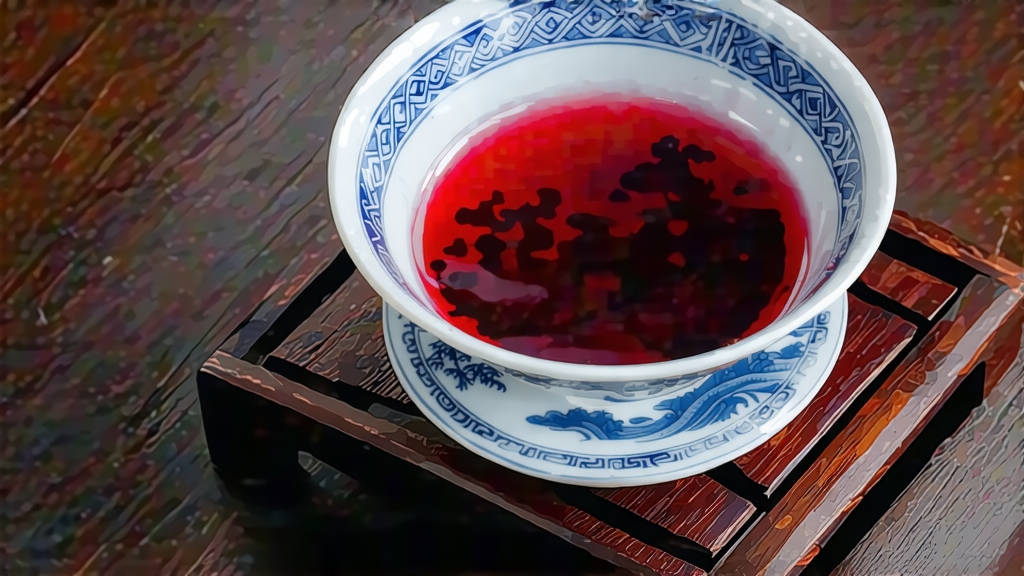
Ask most tea lovers to name a Chinese black tea and the answer is usually Keemun or perhaps Yunnan Gold. Yet the very first black tea ever created—predating both by centuries—is Lapsang Souchong, a leaf born in the mist-wrapped Wuyi Mountains of northern Fujian. Its story begins in the late Ming dynasty, around 1600, when passing armies forced villagers to speed-dry freshly plucked tea over open pine fires. The accidental smoke infusion proved so alluring that Dutch traders carried it to Europe, where it became the “bohea” that ignited Britain’s centuries-long tea obsession. From this serendipitous beginning, Lapsang Souchong evolved into two distinct styles: the assertively smoky export grade beloved by Victorian porters and the subtly sweet, unsmoked “Zheng Shan Xiao Zhong” now treasured by Chinese connoisseurs.
Geographically, the tea is inseparable from Tongmu Guan, a protected enclave inside the Wuyi UNESCO reserve whose altitude (800–1 500 m), perennial cloud cover, and mineral-rich lateritic soil create a natural greenhouse for the small-leaf Da Bai varietal. Only leaf picked within this 600-hectare core may legally bear the designation “Zheng Shan” (“original mountain”). Spring buds, plucked as one leaf and a bud or two leaves and a bud, arrive at the village’s wooden-floored workshops still cool from the night air. Here the craft begins with withering, but instead of the electric troughs common in India, whole bamboo racks are slid into second-story lofts whose shutters are cracked just enough to admit mountain breezes. For twelve to eighteen hours the leaves lose moisture, turning from jade to mulberry while absorbing the resinous aroma of Masson pines burning gently in the ground-level hearth.
Once the leaves become supple enough to twist without tearing, they are rolled—traditionally by barefoot treading in a bamboo drum, today by machine—breaking cell walls and initiating oxidation. The critical next step, unique to Lapsang, is the smoking phase. Pinewood is stacked into a shallow pit, allowed to smolder rather than flame, while bamboo trays of oxidizing leaf rest one meter above. A master smoker judges timing by scent alone: too short and the fragrance is shallow, too long and the tea tastes like creosote. Twenty minutes is typical for the luxury grade, up to three hours for the export style. Finally the leaf is baked over charcoal embers to fix flavor, then hand-sorted so that only jet-black, evenly twisted strips make the cut.
The finished tea looks almost charcoal itself, yet the cup tells another story. Premium Zheng Shan steeps to a clear claret liquor with a scent of longan, dried rose, and a whisper of pine that arrives more as warm spice than campfire. On the palate it is silky, malt-sweet, with a lingering note of honeyed stone fruit and the mineral bite of Wuyi rock. The export grade, by contrast, delivers an upfront bouquet of smoked paprika and pine tar, full-bodied and brisk, a tea that stands up to milk and sugar as readily as a Highland whisky.
To brew either style gongfu-style, begin with a small porcelain gaiwan or Yixing pot pre-heated with 95 °C water. Measure 5 g of leaf for 120 ml, rinse once to awaken the aromas, then infuse for five seconds, adding one second each subsequent steep. The first pour showcases fragrance; the second and third reveal texture; later steeps uncover deeper notes of dark chocolate or even saffron if the leaf is old-growth. A top-grade Lapsang will yield eight to ten infusions before fading, the smoke receding while the sweetness lingers like the memory of burnt sugar.
Western drinkers often treat Lapsang as a winter indulgence, yet Chinese sommeliers pair unsmoked Zheng Shan with oily river fish or lychee-based desserts, the tea’s clean astringency acting like a squeeze of citrus. For novices, a simple cupping protocol helps: inhale the dry leaf, then the wet leaf after a ten-second rinse, then sip while holding the liquor at the front of the tongue to catch the rising smoke. Quality is betrayed by balance: the pine note should arrive after the fruit, not before, and should vanish into a clean, sweet finish free of ashy harshness.
Storage is straightforward. Keep the tea in an opaque,